North America : Market Leader in Innovation
North America continues to lead the Hemodynamic Monitoring Systems market, holding a significant share of 600.0M in 2024. The growth is driven by advanced healthcare infrastructure, increasing prevalence of cardiovascular diseases, and a strong focus on patient monitoring technologies. Regulatory support from agencies like the FDA further catalyzes innovation and adoption of new technologies, enhancing market dynamics.
The United States is the primary contributor, with key players such as Edwards Lifesciences, Medtronic, and GE Healthcare dominating the landscape. The competitive environment is characterized by continuous advancements in technology and strategic partnerships. The presence of established companies ensures a robust supply chain and innovation pipeline, solidifying North America's position as a market leader.
Europe : Emerging Market with Growth Potential
Europe's Hemodynamic Monitoring Systems market is valued at 300.0M, reflecting a growing demand driven by an aging population and increasing healthcare expenditure. Regulatory frameworks, such as the EU Medical Device Regulation, are enhancing product safety and efficacy, encouraging innovation. The focus on minimally invasive procedures and telemedicine is also contributing to market expansion, making it a key region for future growth.
Leading countries include Germany, France, and the UK, where major players like Philips and Siemens Healthineers are actively investing in R&D. The competitive landscape is marked by collaborations and mergers, aimed at enhancing product offerings. The presence of advanced healthcare facilities and a strong emphasis on patient care further bolster the market's growth trajectory.
Asia-Pacific : Rapidly Growing Market Segment
The Asia-Pacific region, with a market size of 150.0M, is witnessing rapid growth in Hemodynamic Monitoring Systems, driven by increasing healthcare investments and rising awareness of advanced monitoring technologies. The demand is further fueled by a growing population and a rise in chronic diseases, prompting healthcare providers to adopt innovative solutions. Government initiatives to improve healthcare infrastructure are also significant growth catalysts.
Countries like Japan, China, and India are leading the charge, with key players such as Nihon Kohden and Medtronic expanding their presence. The competitive landscape is evolving, with local manufacturers emerging alongside established global companies. This dynamic environment is fostering innovation and enhancing the availability of advanced monitoring systems across the region.
Middle East and Africa : Untapped Market with Opportunities
The Middle East and Africa region, valued at 57.81M, presents significant growth potential in the Hemodynamic Monitoring Systems market. Factors such as increasing healthcare investments, a rising prevalence of cardiovascular diseases, and a growing focus on patient monitoring are driving demand. Additionally, government initiatives aimed at improving healthcare access and quality are crucial for market development.
Leading countries in this region include South Africa and the UAE, where healthcare systems are evolving rapidly. The competitive landscape is characterized by a mix of local and international players, with companies like Getinge and Deltex Medical making strides. The region's unique challenges and opportunities create a dynamic environment for growth and innovation in hemodynamic monitoring.
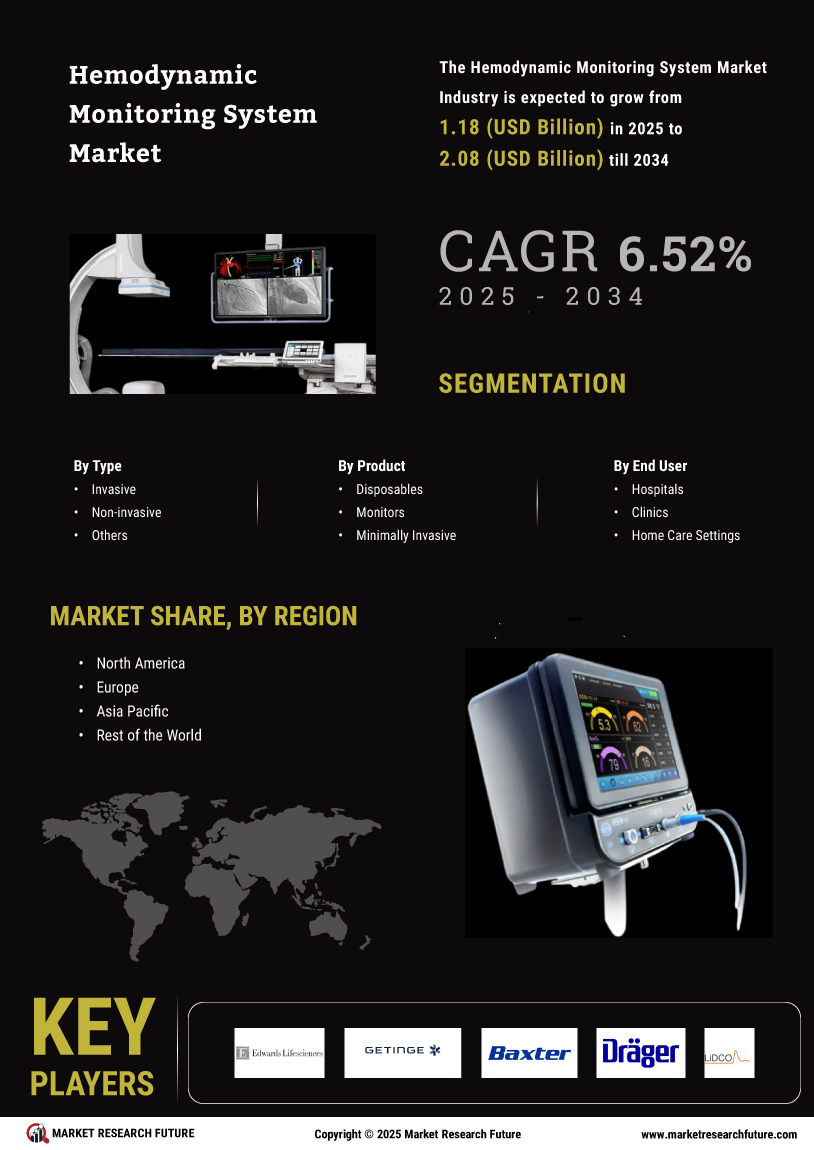

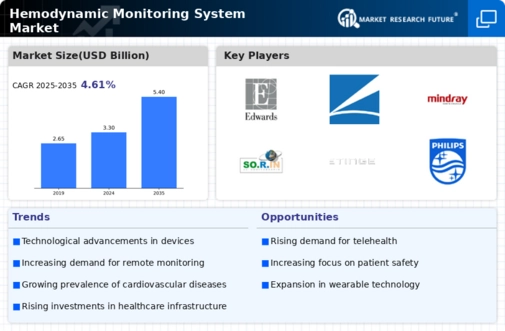
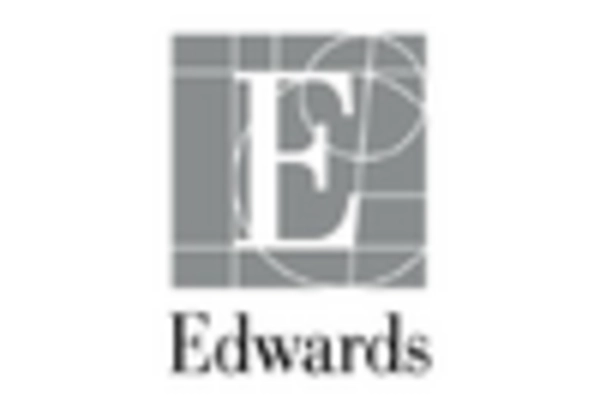
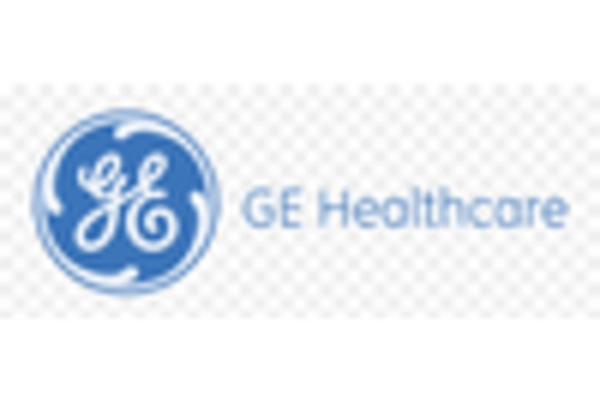


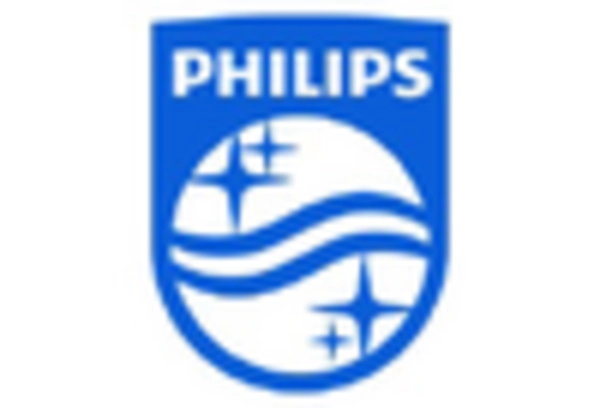
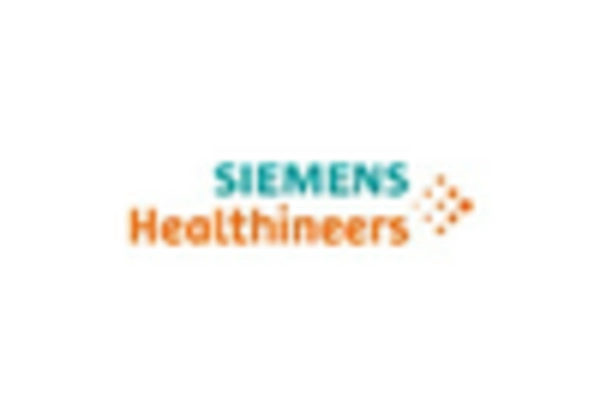








Leave a Comment